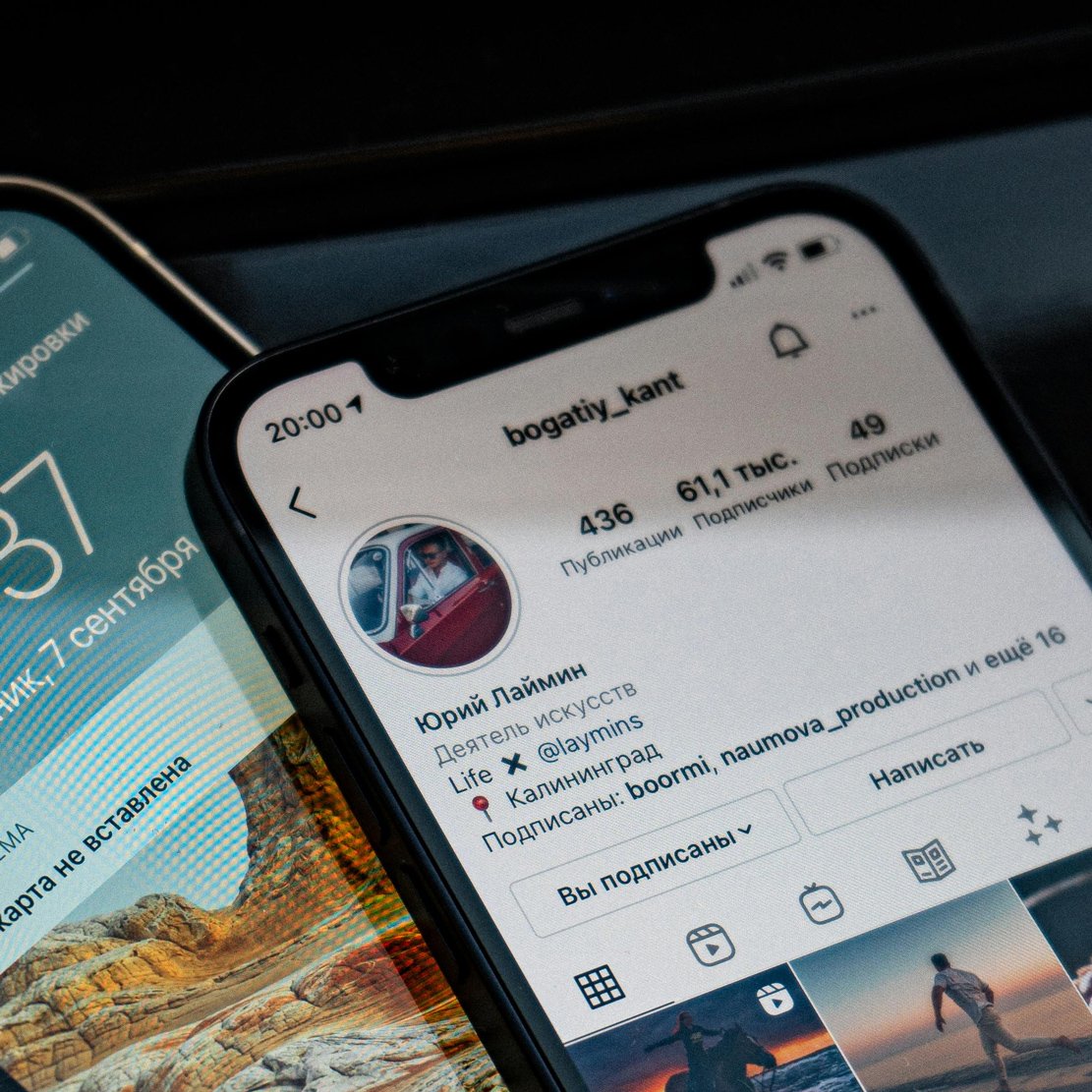The Art of Pet Photography: Mitigating Personality and Charm
In a world that each pet owner considers his pet a beloved member of the family, capturing them looking all glamorous is a different category for photography. But, pet photography is not child’s play.
Photographing a pet is not easy because they cannot pose like real models and, at the same time, you have to capture their character in the pictures: the joy, mischief, playfulness Tabbu showed each of these aspects by carefully setting up each shot.
Extreme importance should be placed on mastering Technical Aspects for Pet Portraits
Not even professionals can handle a pet; these animals are very tricky, they act on their own timing and what the owner does is just wait for the right time to take a photo.
A successful pet photographer has to step beyond relying on scene modes available on digital cameras. For starters, the Program (P) mode affords a basic control of exposure and is faster to manipulate. When confidence increases, the Aperture Priority (A/Av) mode recommended for making beautiful pet photos allows you to select the desired depth of field for detailed shots.
When taking the pictures in action, then Shutter Priority (S/Tv) mode will give accurate control and motion to capture the energy and freeze the moment.
Aperture Control for Artistic Portraits
When capturing portrait of pet, using f/2.8 yields a very nice bokeh (blur) thus throwing more emphasis on the figure. When shooting fast activities, a middle of the road aperture of f/5.6 – f/8 is best so that movement remains crisp. Shooting groups of pets? Choose a smaller aperture of around f/11 to be sure that all those people’s faces are sharp.
Exposure and Shutter Speed are two technical aspects of photography that when mastered well can produce great photography.
Choosing the correct shutter speed is therefore very vital in pet photography. When shooting still objects, use a minimum shutter speed of 1/250 so that movement does not become a problem. Active pets require faster speeds: approximately 1/500 second for a walking pet and at least 1/1000 second for fast-running animals. When it comes to subjects that don’t move a lot, you can shoot at slower speeds (1/15 second), but you have got to be very consistent.
Dependent on the various furs it also manifests that various fur colors require different exposures. Where a subject has dark fur it usually requires positive exposure compensation in order to bring out the textural element in the fur; conversely, in light or white furred individuals there is also usually a tendency to under expose slightly, meaning that positive compensation is also applied to increase the exposure.
Configuration and Attitude in Pet Photography
Probably the best way to convey some of the personality of the pet animal is to be at their eye level, where you are an equal. This particular viewpoint leads to bonding and is quite close. Subject: In posed images on set, close up films lock on the identity of the pet while country and location photos involve the pet with its environment to tell a story about the pet.
Candid moments versus photography which shows people literally at their best
Pets at their best are best captured in natural settings, and this applies to when people want to take photos of their pets. These should be taken when your camera is always pointed at your pet and you can predict the right time to strike.
What is crucial here is that posed shots take much more time than the natural ones – it is safe to make such shots in short bursts – 10-15 minutes at most. That is why treats and toys as well as several striking tricks will help you capture the perfect shot.
Choosing the Right Equipment
Every equipment can make a really big difference in the quality of your photos. It means that the Pet photographers who require fast autofocus and mirrorless or DSLR camera performance prefer to go for this. The lens choice for individual faces is a 50mm Prime lens for close up and detailed faces and the 70-200mm zoom lens to capture the action while the persons are far. For when incorporating the pet’s environment, it’s advisable to use a wide-angle lens.
Making the Most of Lighting
Natural light is the best and most favorable weather for a pet session. Taking pictures outdoors or close the windows for clean and natural light. Usually, artificial lighting is not needed; however, if it is a requirement, do not use direct flash – it spooks pets and creates unpleasant results. For this reason, instead of a bright and direct light source, use a bounce or a diffuser to get that perfect shot of your pet.
What words can create cute pet portraits
Pet photography is in many ways an intersection of technical expertise with timing and imagination. Pets are interesting and unpredictable so make sure to have your camera handy because a pet will often look the most natural in those raw moments of living.
Finally, they understand that with experience, one learns more methods, tests different approaches and creates a set of tools that fit one’s esthetic vision. Lastly, ensure that this is not a torture for your pet – these are not happy animals – better photos will be gotten from relaxed animals.
Of course, with time and some effort, you will be taking beautiful pictures that demonstrate the true spirit of your pets.
Get Free Presets for Lightroom created by top photographers to update your presets collection, save down on editing time, and open up new artistic horizons.


















